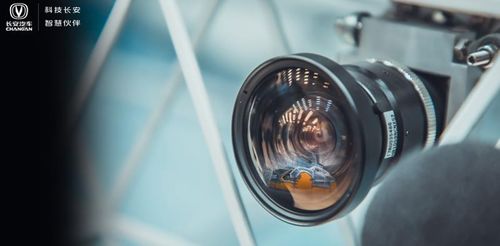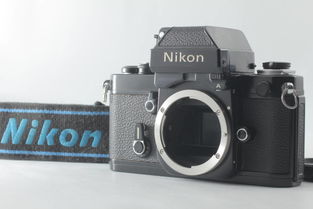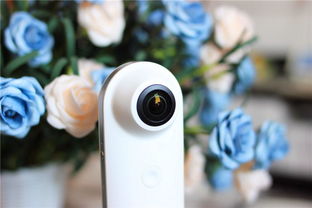Understanding the Uni-Camera: A Comprehensive Guide

Are you looking to integrate a camera into your project using the Uni-Camera component? If so, you’ve come to the right place. This article will delve into the details of the Uni-Camera, providing you with a comprehensive guide to help you make the most out of this powerful tool.
Camera Selection: Front or Back

One of the first things you’ll need to decide when using the Uni-Camera is whether you want to use the front or back camera. This can be easily specified using the `device-position` attribute. For instance, to use the back camera, you would use:
<camera device-position="back"> <camera device-position="front">Additionally, you can control the flash settings using the `flash` attribute. Options include ‘on’, ‘off’, and ‘auto’. For example, to turn off the flash when using the back camera, you would use:
<camera device-position="back" flash="off">Creating the Camera View

Once you’ve selected the camera and set the flash settings, you’ll need to create a view for the camera. This can be done using a `
<view style="width: 100%; height: 400upx;"> <camera device-position="back" flash="off"> </camera></view>Implementing the Take Photo Function
With the camera view in place, the next step is to implement the take photo function. This can be done by binding an event to a button and using the `takePhoto` method provided by the camera context. Here’s an example of how you might do this:
const cameraContext = uni.createCameraContext();cameraContext.takePhoto({ quality: 'high', success: (res) => { console.log('Photo taken successfully'); }});Displaying the Taken Photo
After taking a photo, you’ll likely want to display it. This can be done by binding the photo path to a preview area. Here’s an example of how you might do this:
<view style="width: 100%; height: 400upx;"> <camera device-position="back" flash="off"> </camera> <image src="{path to photo}" style="width: 100%; height: 100%;"> </image></view>Testing Your Camera
It’s important to note that the camera component may not work in a standard web browser. You’ll need to use a platform-specific tool, such as the WeChat Developer Tools, to test your camera implementation.
Conclusion
That’s a basic overview of how to use the Uni-Camera component. By following these steps, you should be able to integrate a camera into your project and take photos using the Uni-Camera. Remember to test your implementation on the target platform to ensure it works as expected.
